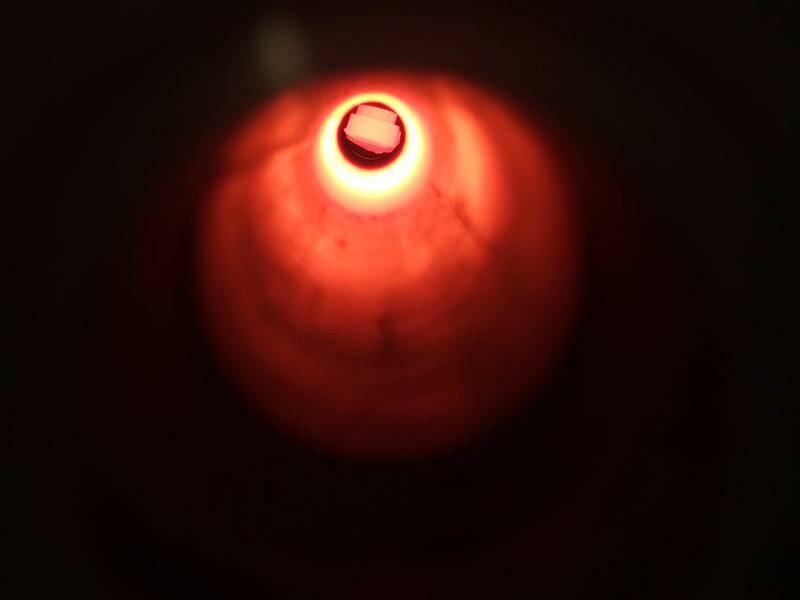URGENT UPDATE: Australian researchers from CSIRO and Swinburne University have made a groundbreaking discovery that brings human settlement on Mars one step closer. They have successfully transformed Martian soil into usable metal, a crucial step for future colonization efforts. This revolutionary process was announced just moments ago, stirring excitement among space enthusiasts and scientists alike.
The team revealed that they produced iron by simulating conditions on Mars, utilizing a synthetic version of the planet’s red soil. This significant advancement means that astronauts could construct essential structures like radiation shields and buildings directly on Mars, eliminating the costly challenge of transporting materials from Earth.
This announcement comes in the wake of NASA’s plans to send astronauts to Mars as early as the 2030s, using the moon as a staging ground. The research aims to enhance the feasibility of in-situ resource utilization, a process that allows astronauts to leverage the abundant resources available on Mars. Mark Pownceby, a senior principal research scientist at CSIRO, stated, “Mars is a lot easier than the moon in terms of extracting metals.”
The breakthrough hinges on extracting carbon from Mars’ atmosphere, which can be combined with heat from solar energy to yield iron. Deddy Nababan, a CSIRO postdoctoral fellow, explained how the team replicated Martian conditions by heating an artificial soil sample to extreme temperatures. “At high enough temperatures, all of the metals coalesced into one large droplet,” he remarked.
The experiments revealed that pure iron can be produced at 1000C, while iron-silicon alloys emerge at 1400C. However, establishing a colony on Mars involves more than just producing metal. Challenges such as sourcing food, water, and power, as well as establishing communication, remain significant hurdles.
NASA’s MOXIE project, which stands for Mars Oxygen In-Situ Resource Utilization Experiment, has already demonstrated the ability to extract oxygen from the Martian atmosphere, further supporting the viability of human life on Mars. Pownceby emphasized the importance of ongoing research, stating, “We need to start thinking now and doing the research now about what options we have for when we get there.”
With these latest developments, the dream of colonizing Mars is moving closer to reality, as scientists continue to explore innovative ways to utilize the planet’s resources. The implications for humanity are profound, making this research not just a scientific achievement, but a potential turning point for future space exploration.
Stay tuned for more updates on this exciting development that could reshape our understanding of life beyond Earth!





























































